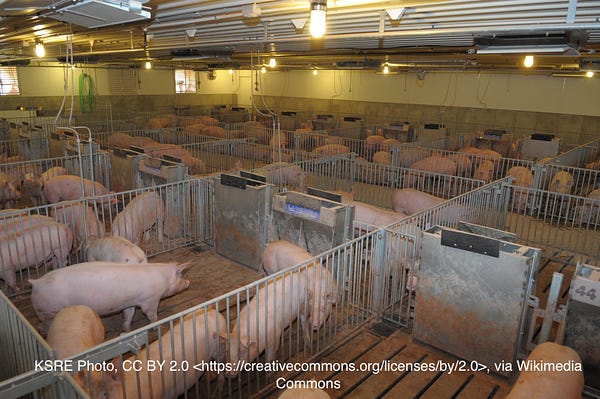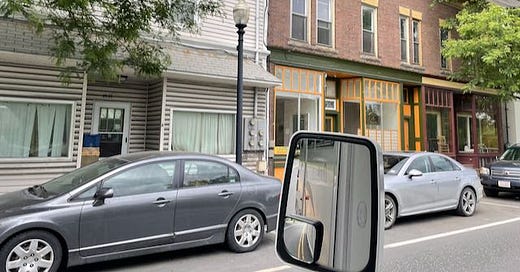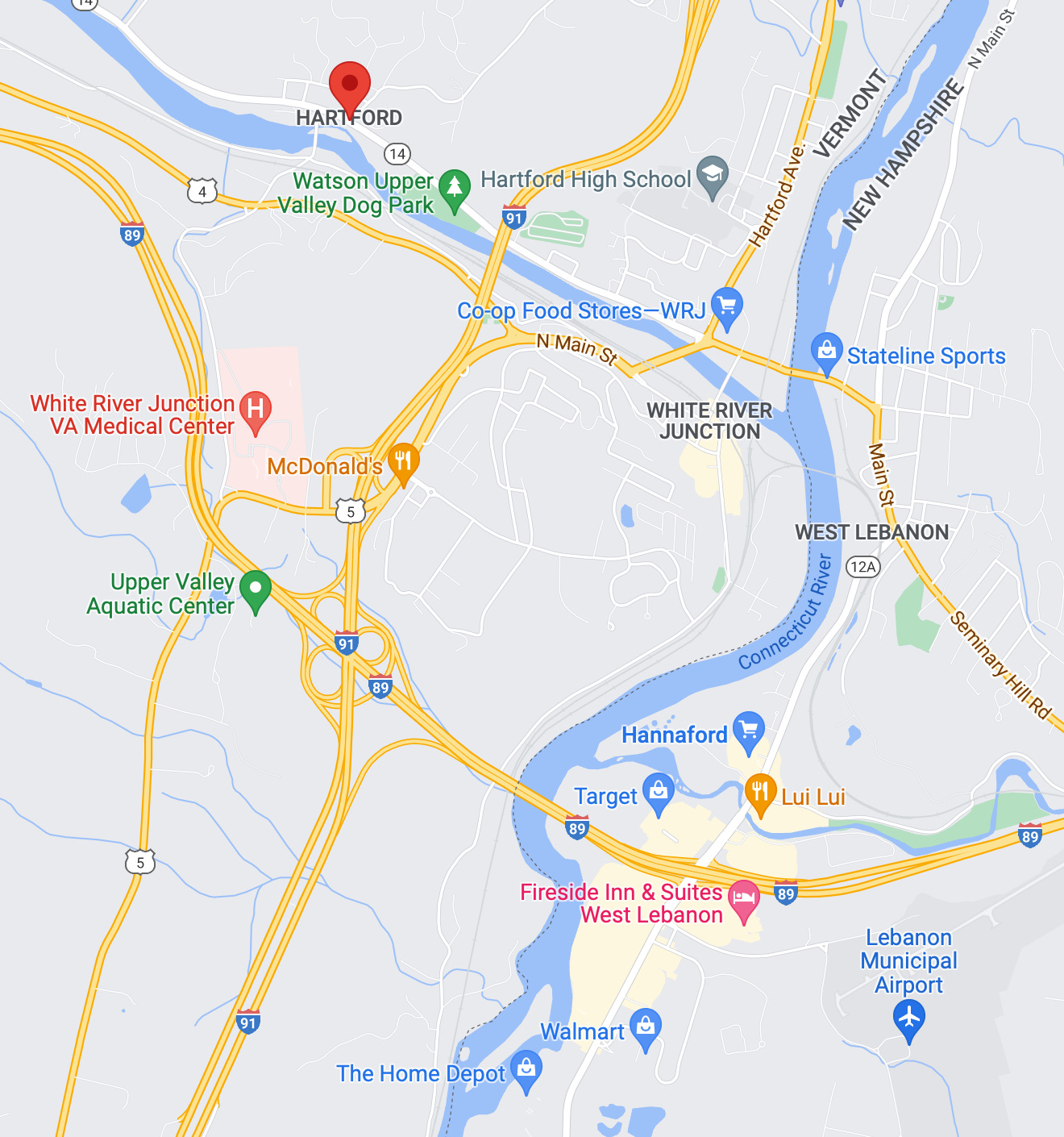Wednesday Walk: Evolving Urban Life
Welcome to the Quarantine Creatives newsletter, a companion to my podcast of the same name, which explores creativity, art, and big ideas as we continue to live through this pandemic.
Every Wednesday, I share random thoughts and tidbits with links to let you do some exploring, which I hope generate interesting thoughts. I’d love to hear if any of these topics lead you into an intellectual rabbit hole and what you find when you get there!
If you like what you’re reading, you can subscribe for free to have this newsletter delivered to your inbox:
Expensive Ride
I’ve been a fan of Derek Thompson’s writing at The Atlantic for a long time and recently subscribed to his newsletter Work in Progress.


His latest issue discusses how many of the companies that urban dwellers rely on like Uber, Lyft, and Door Dash have raised prices, not because of rising fuel costs, but because of rising interest rates.
It’s an unexpected story about how venture capital funds propped up many well-known (and quite unprofitable) brands, yet those funds appear to be drying up.
“As long as money was cheap and Silicon Valley told itself the next world-conquering consumer-tech firm was one funding round away, the best way for a start-up to make money from venture capitalists was to lose money acquiring a gazillion customers.”
I’ve written before about how the pandemic and our new work from home culture have reshaped the desire for urban living. I argued that we may be de-centralizing our cities over the next decade or two as our need for living and working spaces under the same roof increases. The loss of affordable urban amenities like ride sharing and food delivery will further contribute to that trend.
Let’s Head Downtown
Speaking of changing urban life, I was quite surprised this past weekend when we visited some friends in Vermont. I was charmed by this little Main Street in the fairly rural town of Hartford, Vermont, and snapped a few photos out of the window of our RV (forgive the giant rearview mirror in frame).
It was only about a block long, and it looked like these buildings may have been built sometime between the 1880s and 1920s. There was residential space above and commercial space below (though there didn’t seem to be many businesses, if any, in operation). The architectural styles were mixed.
The village where this strip is located has a population of about 700 (it’s part of a town of 10,000), yet it has all the trademarks of “urban” features- mixed residential and commercial use, sidewalks for pedestrians, on-street parking for cars (no huge parking lots), and lots of homes within a short walk of downtown. It turns out that this neighborhood is even on the National Register of Historic Places.
Many small towns had similar hubs of commerce a century ago. I’ve mentioned Addison Del Mastro’s newsletter The Deleted Scenes before, and his recent pieces on small town railroad hotels and the urbanity of small towns both came to mind when I stumbled upon Hartford.

I would love to see zoning laws and smart development that focus on walkability or the ability to bike to accomplish a few tasks. Hartford, Vermont had that at one time, but like so many other small towns, it has moved commerce from right in the neighborhood (red pin at the top of the map) to the edge of town along the interstate.
Destroyed by Bacon
The factors that have led to the decline of small towns and local businesses are numerous and complicated, but I recently stumbled upon a piece in The Guardian by Charlie Hope-D’Anieri that looks at the connection between the decline of towns in rural Iowa and the growth of the commercial pork industry there:


“There used to be two bars, a grocery store, and a cafe and convenience store. They’ve all closed in the last 20 years.”
This piece is not only fascinating from an urbanist perspective, but also shows the compromises that some farmers make when they strike a deal with big agriculture, including loss of control of their operations and declining returns on their investments.
Please feel free to leave a comment or reply to this message with your thoughts. If you like what you’re reading here, please feel free to share on social media:
Related Reading
If you’d like to catch up on past episodes of the Quarantine Creatives podcast, they can be found on Apple Podcasts, Spotify, or wherever you listen.
Please consider sharing this with a friend that you think might enjoy it, or better yet, share it on social media so you can tell hundreds of friends!
If you’ve missed past issues of this newsletter, they are available to read here.
Stay Safe!
Heath






